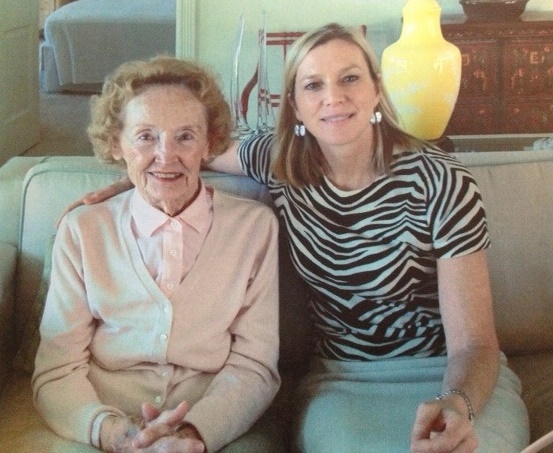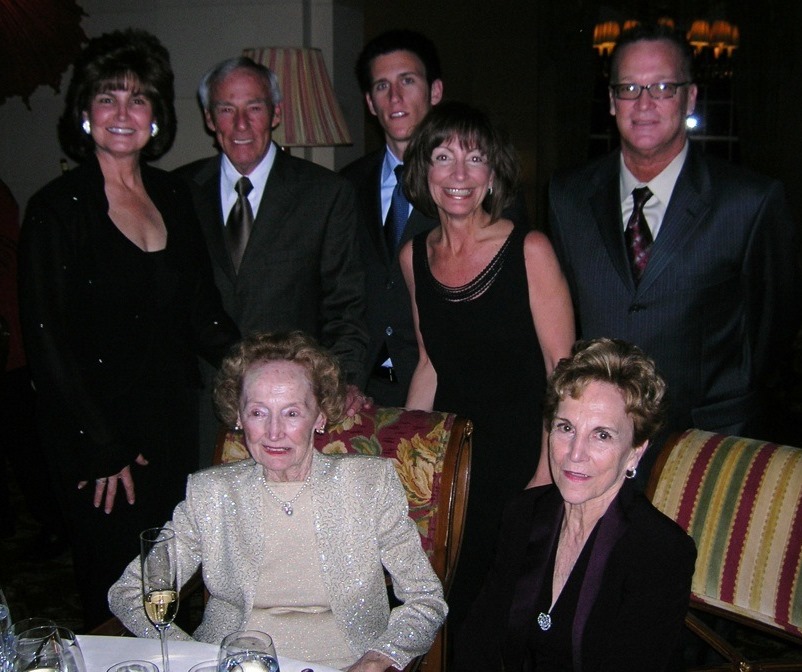Glassybaby
Lung cancer. That will stop a conversation. More than any of the frightening medical diagnoses, that one seems extra ominous. Someone utters the words “lung cancer” and I think of devastating, almost insurmountable odds.
At the age of 32, that’s what Lee Rhodes was told when she learned that her worrisome symptoms were actually a rare form of lung cancer. She was a young mother deep in the thick of raising three small children. This was not supposed to happen, not how life spooled out.
She went on to endure uncertainly, surgery and rounds of chemo, and there were clearly moments when she questioned whether or not she would live to watch her babies grow. Stress and fear and sadness, those are all immeasurable barriers to the healing process and Lee Rhodes had many important reasons to live.
One day, searching for a simple way to still the “what ifs” that reverberated around her brain in a mental sound track, she spontaneously dropped a tea light in a glass cup that her husband had created in a glass blowing class. Sometimes the birth of life’s great ideas begins as simply and as spontaneously as that.
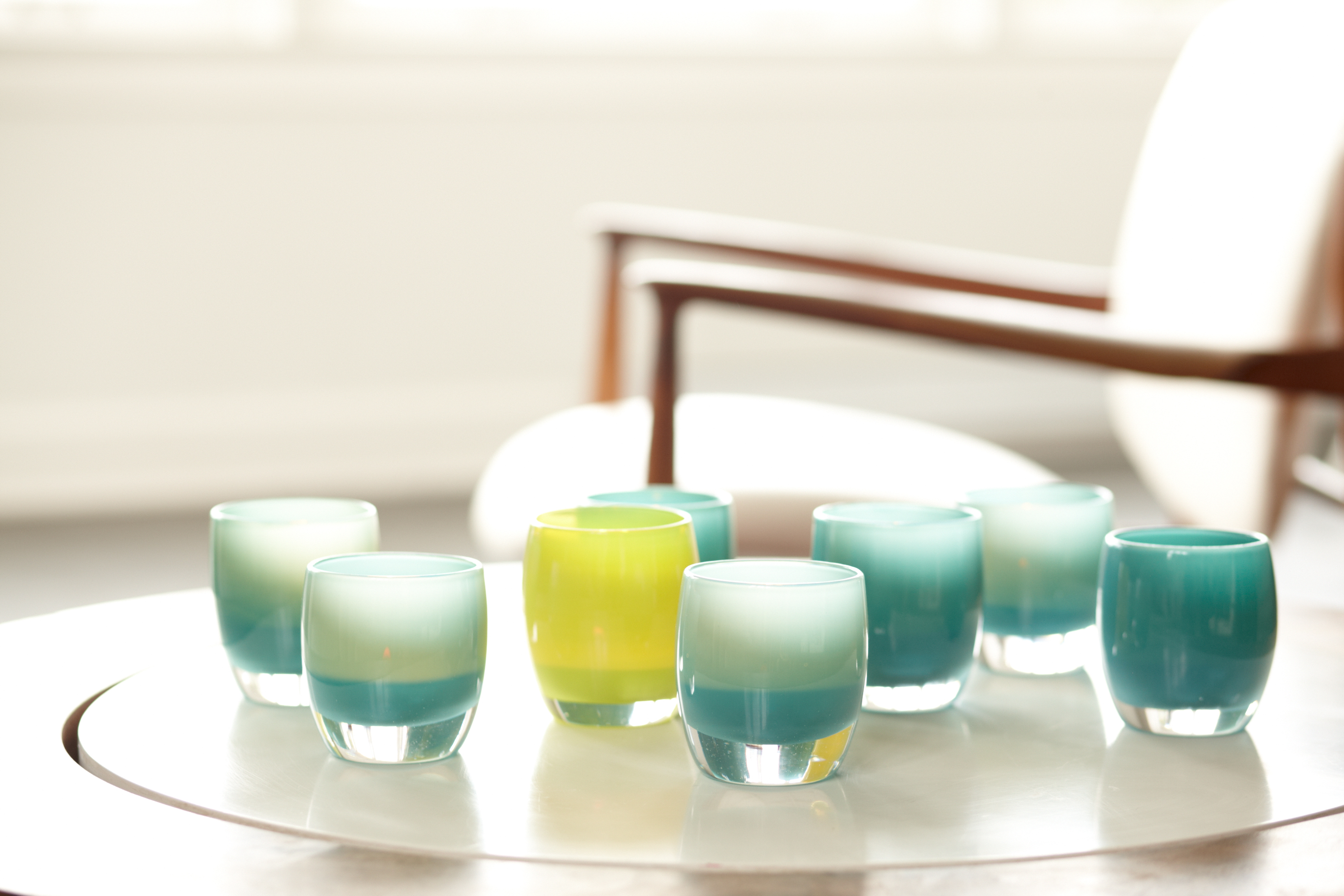
That one isolated act was a fulcrum moment for Rhodes. As she watched the color of the glass glow and reflect the warmth of the flame, she felt her world slow for a moment. She was infused with a sudden sense of deep down calm. The simple candle in the colored glass settled her soul in a way that none of the other centering therapies had been able to do up to that point in her journey.
“In my mind, that candle in the glass contributed to my healing. It made me step back, relax and take a deep breath,” Rhodes remembers.
From that day forward, Lee Rhodes filled her home with a series of the colorful glass vessels and they continued to inspire her. At first, Lee remembers that people lit them for her, as a way to instill hope. In time, as she began to recover, she began to light them not just for herself, but also for others.
And when Rhodes went on not only to survive, but to kick cancer’s butt, the disease had given her a mission to try to help other people fighting in what she calls “the battlefields of chemotherapy rooms.” Gradually, she began to share her talisman for calm, giving the colorful votive holders away to people who were suffering. As she watched the popularity of the holders grow along with demand, she began selling them out of her garage.
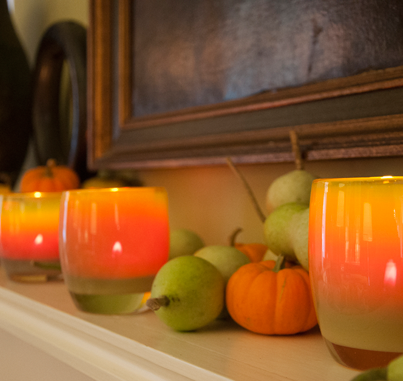
In 2001 Rhodes started Glassybaby, with the goal of raising money to help cancer patients ease the journey of treatment by covering unreimbursed healthcare costs. These unmet needs range from something as simple as transportation to chemo or babysitting money while a patient goes to the doctor, to the more weighty costs of medical treatment itself.
Today, Glassybaby produces beautiful, colorful hand blown glass vessels in more than 400 colors. The craftsman are all located in the United States and part of the beauty of their creations is the subtle variation in shape, size and hue, a testament to the artisanal quality of the finished product. Each vessel is comprised of three layers of glass and requires four glass blowers to produce, hence their ethereal glowing qualities.
Glassybabys come in names as varied as the products themselves like Wet Dog, Frog Hunting, Wingman and Crème Brule. “They are,” says Rhodes, “individual pieces of art at each table.”
The business currently has stores in Seattle, her home base, and is opening in San Francisco and New York, with more cities to come. Jeff Bezos, founder of Amazon, was so enthralled with the Glassybaby product and mission that he persuaded Rhodes to sell him 20% of the company.
There are 70 plus glass blowers producing roughly 500 votives a day, which has translated into the company being able to donate more than $1.4 million to date to charities that help cancer patients with costs not covered by health insurance. The company’s ultimate goal is to give away $1 million a year.
Like Rhodes, many of the people who work at Glassybaby have been touched by cancer in some way. And it’s that passion and commitment to the cause that remains one of the reasons the company has continued to grow at a steady rate.
“Everyone in a waiting room is fighting the same enemy. But it’s very profound when you meet people who literally don’t have the money for the bus fare to get them to chemo,” she says. And it’s that part of the journey she is determined to ease through the sale of her beautiful glass vessels.
I first learned about Glassybaby when a friend gave me a gorgeous purple candleholder as a gift. For months it sat in my office, glowing. And then another friend found a lump in her breast.
In the spirit of Lee Rhodes, I brought my Glassybaby to her home one day and lit a votive. Art is meant to be shared, not sequestered. And my friend (who is thankfully now cancer free) told me that she would light it during low moments. The glow reminded her that she was connected to a tribe of determined people who were fighters, each tending their own embers of hope. And she was a fighter too.
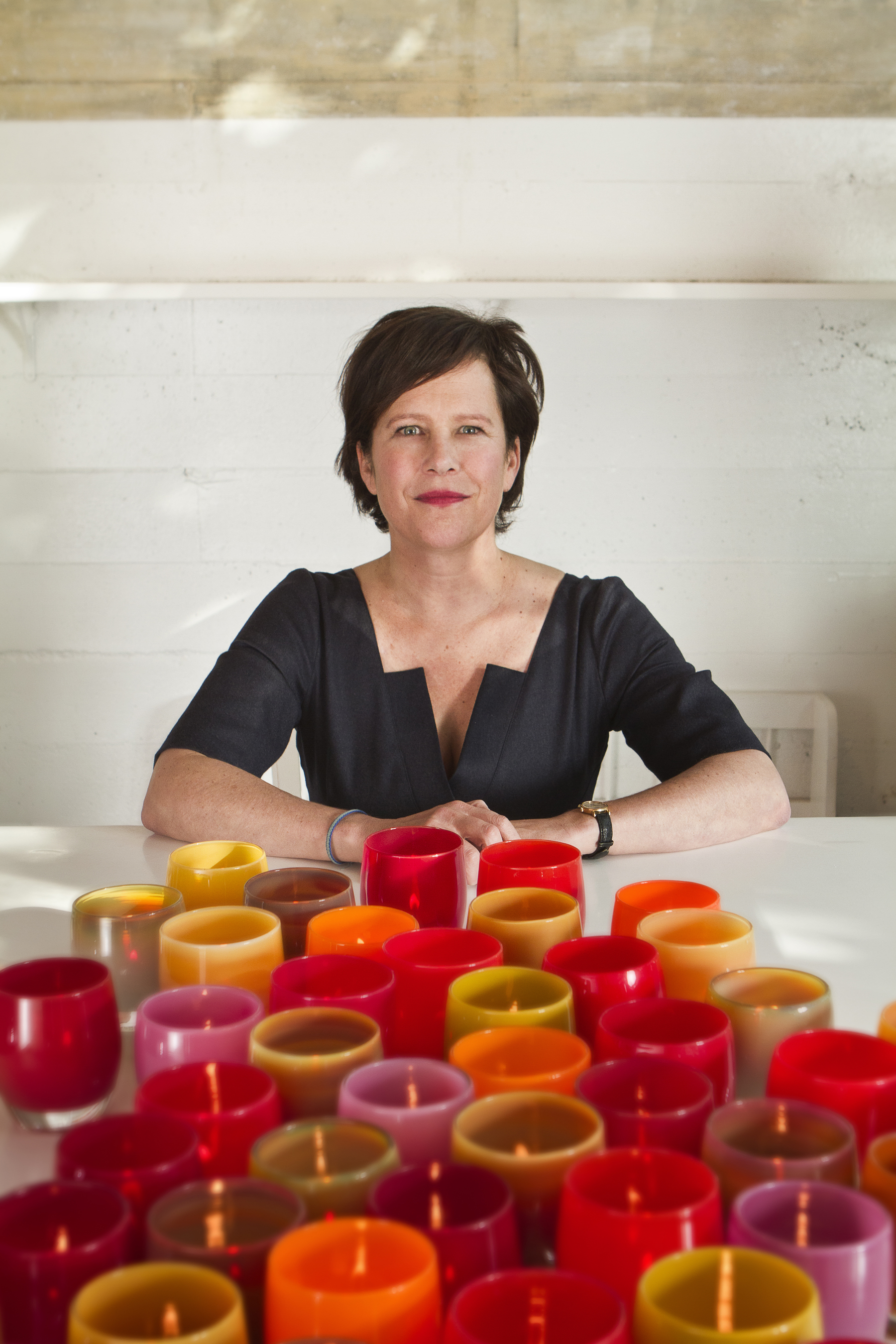
This month, I choose Lee Rhodes as my person of inspiration. She took her own experience and her story and created something that could light the way for others yet to come. So it seems especially relevant, during breast cancer awareness month, to shine a light back on Lee and her beautiful, multi-colored mini beacons of hope.
You can learn more or purchase your own Glassybaby creation at www.glassybaby.com.
www.leewoodruff.com facebook.com/leemwoodruff twitter@LeeMWoodruff






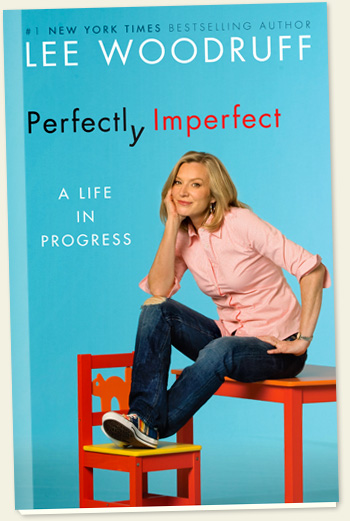
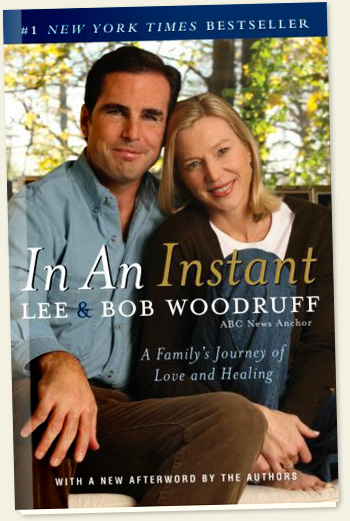
 October 20, 2013
October 20, 2013